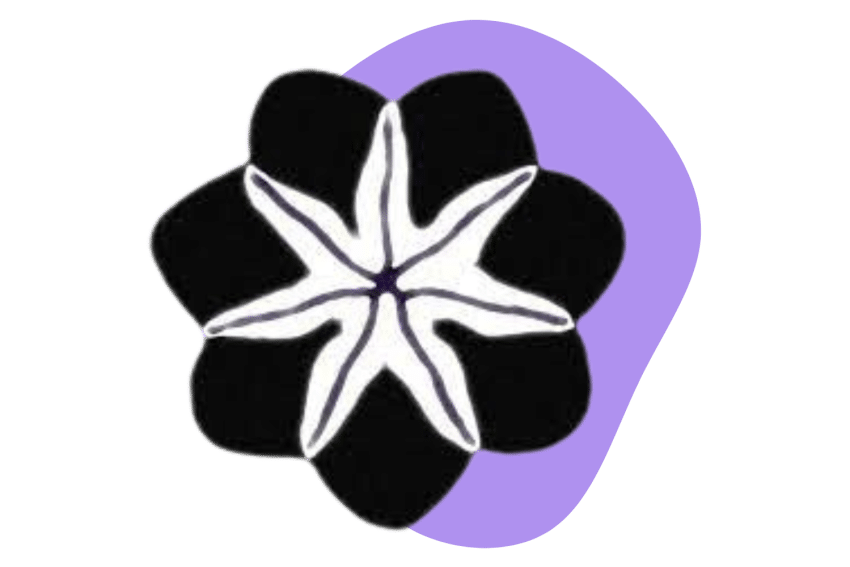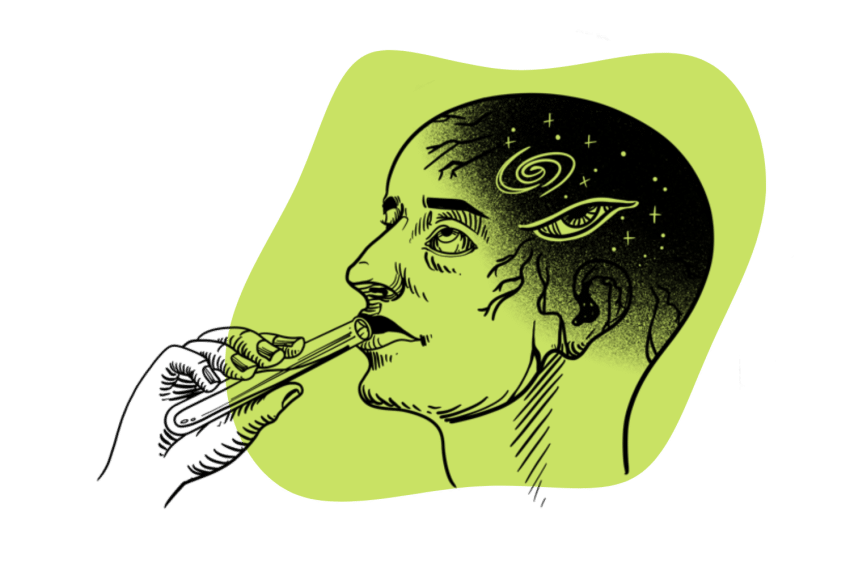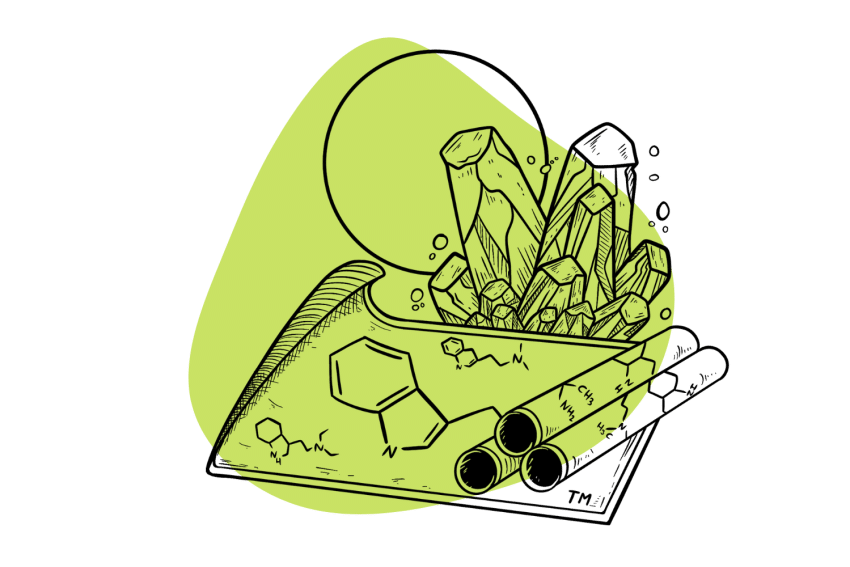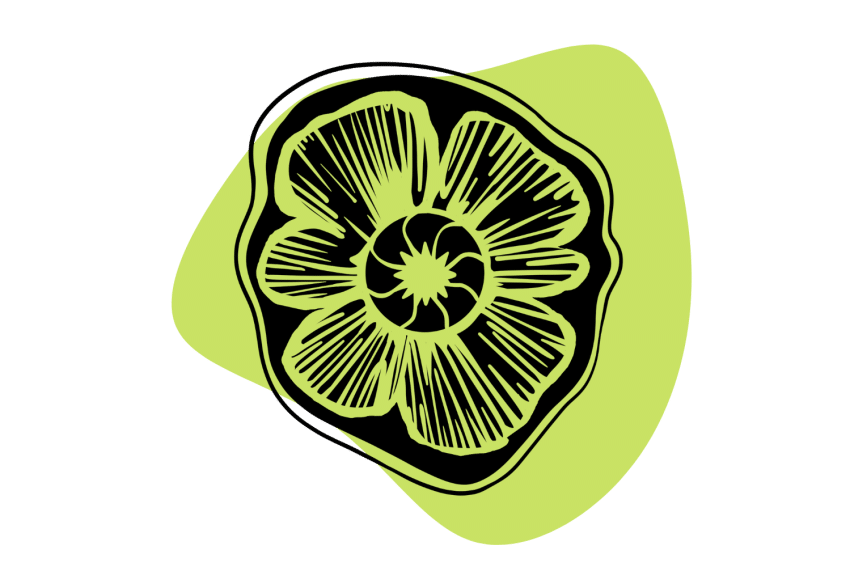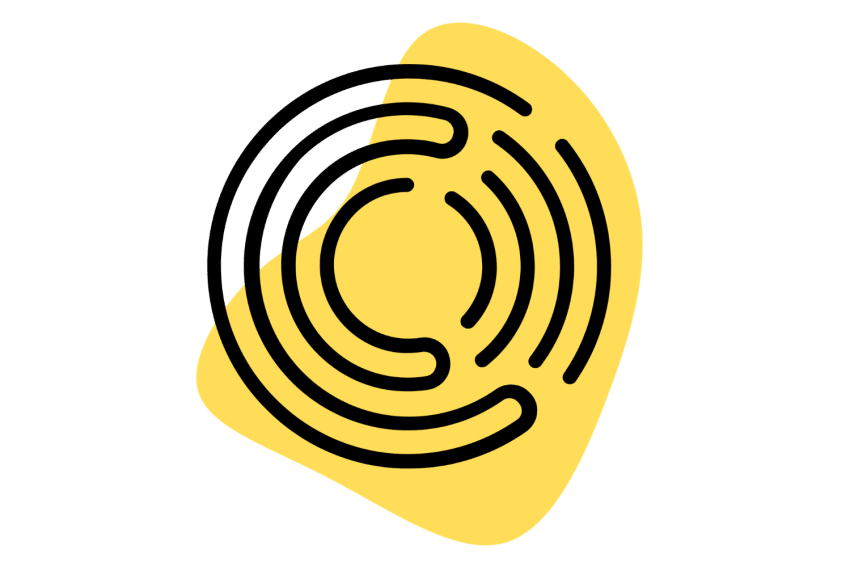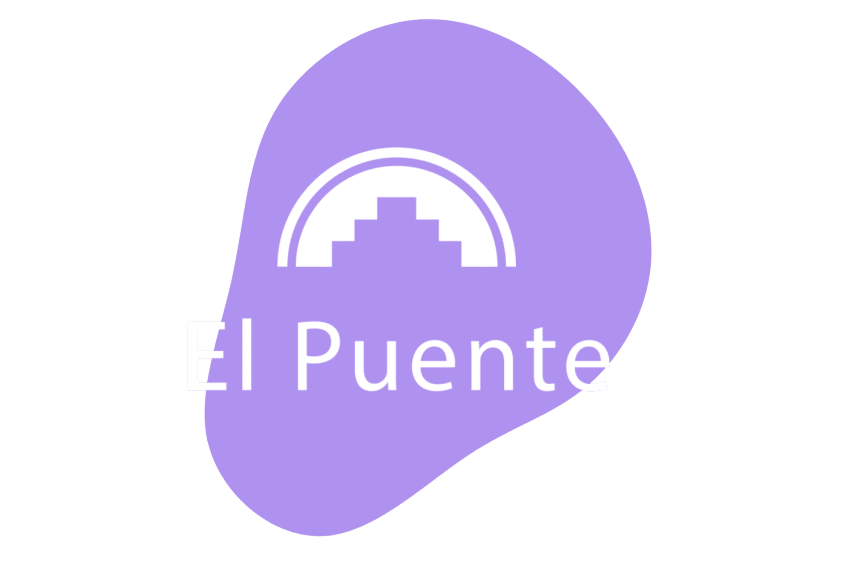Kené RAO: Harnessing The Power of Cryptocurrency & Permaculture For Reciprocity
Kené RAO seeks to give the Shipibo-Conibo tribe intellectual property rights over their traditions. By creating legal frameworks, incorporating Web 3 technology, and agroforestry growing plants, innovative solutions for what reciprocity can look like are emerging.
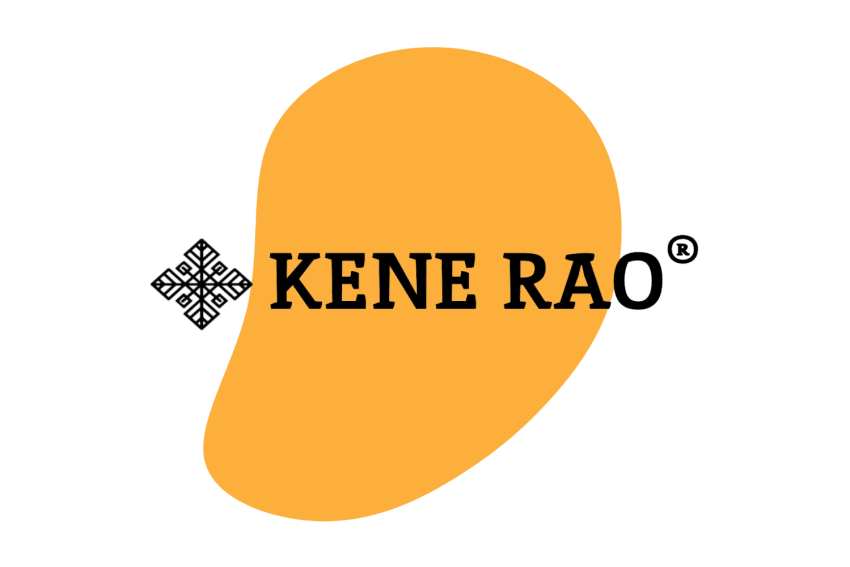
The Shipibo live in the Amazon and have a reputation for their mastery of ayahuasca.
Some say the spirit of ayahuasca is in their blood and is, without a doubt, deeply ingrained in their culture.
Shipibo culture is foundational to modern ayahuasca usage — healing songs known as icaros, profound knowledge of plants, and distinctive Kené art found in ayahuasca circles around the world.
Yet, despite being true maestros, few Shipibo-Conibo is fairly compensated for such a valuable gift to the world. The positive influence ayahuasca has on so many lives would not be possible without the tribes of the Amazon.
As psychedelics like ayahuasca enter the modern world, many stand to profit while many Shipibo lives in poverty.
In college, Jesse Hudson was on exchange studying anthropology in Cusco, Peru — his first taste of being on the ground in a foreign country. The experience sparked his interest in International Development. Hudson later enrolled in law school, and while his classmates were off chasing the big bucks at firms in the city, Hudson ventured into the rainforest to meet the Shipibo-Conibo.
Founding of Kené Rao (RAODAO)
Hudson worked and lived near Pucallpa, Peru, where roughly 35,000 Shipibo-Conibo lives in the Ucayali River river basin. He developed a friendship with Shipibo lawyer Demer Gonzales Vasquez, with Hudson sponsoring Vasquez’s education.
Together Hudson and Vasquez are developing various subsidiaries to protect the intellectual property of Shipibo.
The project is split into 3 parts:
- Kené Rao — A house owned by the organization serving as a mini-factory producing Shipibo art. It also contains multimedia equipment to digitize art and record workshops.
- RAODAO — An agroforestry project with profits sharing through blockchain technology to unbanked locals.
- IP² — A legal defense fund for indigenous IP. The fund is a resource for other tribes seeking compensation for monetizing their culture.
Shipibo Art: What is Kené?
Kené is the name of the distinctive Shipibo art. A geometric maze of interlocking patterns found is more than a record of visions many people experience on ayahuasca.
The patterns can be “read” by ayahuasqueros as the patterns are also a kind of sheet music for the healing icaros” songs.
In an interview with Tripsitter, Hudson explains that these designs are like a “circuit board of consciousness,” recalling how on ayahuasca, he saw the Kené emerge as three dimension forms from shaman singing icaros.
Outside of ayahuasca and Shipibo circles, the art has also struck a chord. The Shipibo alone generates what Hudson estimates are a couple of million dollars in revenue selling handmade textiles and prints. The industry of resellers netting millions or more.
However, once the patterns leave the Shipibo community, profits enter the pockets of people outside the tribe.
This is a common situation indigenous populations all over the world find themselves in — their unique art forms, often a major source of income, are sought after by tourists, collectors, and even fashion designers. Shipibo art appears on pillowcases at Pier 1, in festival regalia, and in many online shops.
The profits from these ventures typically do not make it back to the Amazon.
Indigenous Art is Intellectual Property: IP²
The use of Kené art worldwide is a prime example of what Vasquez and Hudson are attempting to achieve with the IP² Foundation, an organization seeking to “solve problems of indigenous IP appropriation through IP protections.”
In a blog post explaining the creation of IP², Hudson explains how the traditions of indigenous peoples are intellectual property (IP) in the eyes of the law.
The post also outlines estimates of the sale of Native Art worldwide being 2 billion dollars. Around 80% is probably counterfeit — either marketed as made by the carriers of a culture or the ancient patterns are simply appropriated.
An example of this is the Navajo people successfully suing Urban Outfitters for the use of their art. The result mimics establishing Navajo culture as a “brand” in modern legal situations.
Branding a culture may seem unsavory, but it represents a great opportunity for people whose cultures are being appropriated. The culture of the Shipibo is also intellectual property — a distinction helpful for lawyers like Hudson and Demer.
By creating legal frameworks around intellectual property, it’s possible to establish trademarks and take legal action. The creation of partnerships is possible, along with the payment of royalties. For example, RAODAO works with fashion designers and is entering the online market for Web3 digital art markers of NFTs (non-fungible tokens.)
What is RAODAO?
Vasquez and Hudson aren’t just pushing paper but building on the ground too.
RAODAO is a small but ambitious agroforestry project growing plants supporting Shipibo traditions. On land near Pucallpa, the project grows ayahuasca vines (Banisteriopsis caapi), chacruna bush (Psychotria viridis) in the shade of guava trees (Psidium spp.) — and a fascinating plant known as Kené huasta.
Kené huasta (Cyperus spp.) is one of several types of river grass used in the creation of kené art. Part of coming-of-age rituals for girls and used as a kind of natural ADHD medication. The grass contains endophytic fungi of the Balansia spp. genus, which produces ergot alkaloids related to LSD (lysergic acid diethylamide) and LSA (lysergic acid amide).
Shipibo artisans will administer eyedrops of Kené huasta, revealing the patterns for Kené art.
Distribution of profits and equity in RAODAO to locals participating in the project with cryptocurrency. This feature is not a mere novelty as most Shipibo don’t have bank accounts. Access to cryptocurrencies like Bitcoin and Ethereum is possible with a cellphone or internet cafe and turned into cash at exchanges in Pucallpa.
Finding Meaningful Reciprocity
Reciprocity is becoming an increasingly important concept in the psychedelic space. As Hudson says, “Anyone participating in capitalist enterprise related to psychedelics has a responsibility to give back.”
The projects are more than clever, outside-the-box thinking. The core of what makes them possible is a real relationship with Vasquez and the Shipibo tribe. The relationships are the core, while creative ideas like NFTs and Kené huasta farms are also worth keeping an eye on.

